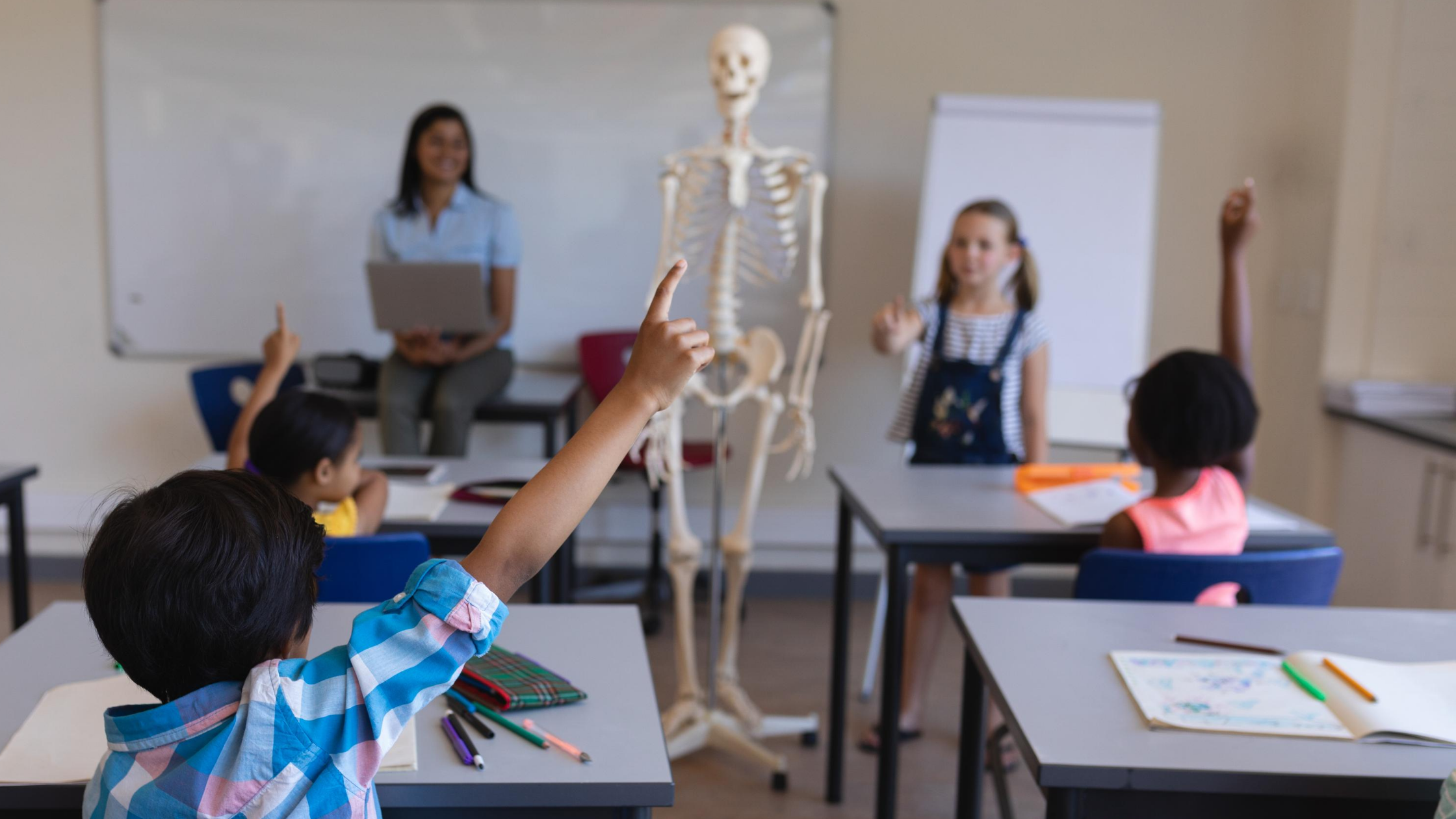Back to School in 2020
Tips from a child therapist on how to provide emotional and environmental support to your child during this fall’s transition back to school. The return to school this year will look vastly different than ever before. Implementing these techniques can be a step in the right direction to help support your child as they start the school year.
The return to school this year will look vastly different than ever before. The COVID-19 pandemic has re-shaped our “traditional” in-person model of school to a virtual “new normal.” As we approach the start of the 2020-2021 academic year, districts are developing new learning models and plans for how to deliver instruction to students. In June 2020, Governor Lamont announced that all districts in the State of Connecticut are allowed to offer in-person school at the start of this school year. Schools are implementing additional health and safety precautions in order to protect students, teachers and families.
There are (understandably) many different views on this matter. Is it safe to re-open schools? How will social distancing guidelines be implemented? Can I choose to continue a virtual model for my child?
Many schools are allowing parents and guardians the choice of opting in for a particular model that fits their needs. The common types of models include the following: In-person, Virtual or Hybrid. The In-person model is a more “traditional” model of learning, where students will attend school in the physical building. The Virtual model involves students participating in classes through online platforms and video conferencing so that they are able to “see” their teachers and other students. The Hybrid model includes a combination of the two, where students will attend in-person and virtual classes.
Tips During Transition
However “school” may look for children in the fall, there are ways you can give them an additional layer of support to help with their transition.
Emotional Support
Students’ mental health was already a concern prior to the COVID-19 pandemic. The pandemic brought on a great deal of isolation, which for the youth can be extremely challenging. Peer relationships are crucial for children, and being separated from friends can bring on feelings of sadness and frustration. Young children who may not fully understand why they aren’t able to play with their friends can feel upset and even angry. They may have experienced boredom from online learning, as well as feelings of loneliness and anxiety about the future.
How can you help your child? I recommend using Social stories and books for young children explaining what Coronavirus is, how to be safe and acknowledging that it is OK to have many different feelings during this time. Included below are links to stories for children to help them better understand Coronavirus and their feelings around it. In addition, creating a time to “check-in” with your child on how they are feeling can help increase their emotional intelligence. The Zones of Regulation curriculum has many different, kid-friendly visuals that allow children to point to the “color” or “character” that show how they are feeling.
Vick, Sheila. The Zones Inside Out. 2018. Self-Reg and the Zones of Regulation. HEART WORK.
https://sheila-vick.com/2018/01/07/self-reg-and-the-zones-of-regulation/
Resources
Many children are anxious about going back to school.
As a parent, you may also be feeling worried due to the uncertainty of the school year. Below are some tips if your child (or you) are experiencing anxiety about school starting in the fall.
Ask your child’s teacher if you can meet prior to school starting. This may consist of an in-person meeting or virtual meeting.
Ask your child’s teacher questions you have been thinking about. You may also want to ask your child what his or her questions are and include them. (*Note: It will be important not to overwhelm your child’s teacher with a long list of questions at first, so do your best to prioritize them. You can always continue to reach out with questions as the school year progresses.) Here are some examples of helpful questions to ask your child’s teacher:
What is the best way to communicate with you throughout the school year?
Will you be using specific educational platforms? If so, which ones will you be using?
Will my child be using these educational platforms at home?
How many hours per day/week will be expected of my child to work outside of school hours?
What should I do if I don’t have an electronic device for my child to use for school work at home?
If your school allows for it, ask to visit your child’s classroom prior to the first day of school.
Start getting back into a school routine at least one week before the start date, going to bed and waking up at consistent times.
Talk with your child about his or her thoughts, worries, concerns, and what they are looking forward to about returning to school.
Environmental Support
Whether you are opting in for the In-person, Virtual or Hybrid model of schooling, it can be helpful to set up environmental supports at home prior to the school year starting.
Create a “workspace” for your child. Let’s be realistic - we all don’t have the space nor funds to create an ideal workspace, especially if you have multiple people living in your household. Get creative! If you only have one table, you may use “dividers” made out of cardboard or folders to divide the workspace into smaller, private sections. The idea is to create a designated space with minimal distractions that is used specifically for school work. To help with auditory distractions, consider having your child use noise-cancelling headphones.
Structure, structure, structure. Kids can thrive off of structured routines and schedules. Specifically for those families choosing a Virtual or Hybrid model, posting a visual schedule for your child will allow them to know exactly what subjects or homework they have for that day, and what their schedule looks like for the week. If posting the entire weekly schedule is too visually overwhelming for your child, consider posting a daily schedule. If battling over the phone and TV becomes a struggle, you can put “TV” and “Phone” usage times onto the schedule as well. For example, you can post on their schedule that TV and phone time is Monday-Thursday from 5:00-7:00pm. This is a proactive way to set expectations ahead of time.
Systems to maintain organization. Talk to your child about items that he or she frequently lost last year (e.g. headphones, chargers, calculators), and have a designated place to put these items. Set the expectation that these items be returned to their designated place each day. In order to maintain organization, you can assign one day of the week to be the organization day (e.g. Mondays or Fridays). You can even make it fun by playing music and having a dance party, getting their energy out while you organize! Help your child prioritize their work that week by sorting their assignments into “Keep or Trash” piles (this may be done with electronic files as well). This process will help to monitor your child’s assignments without allowing them to pile up.
Implementing these techniques can be a step in the right direction to help support your child as he or she starts the school year!




